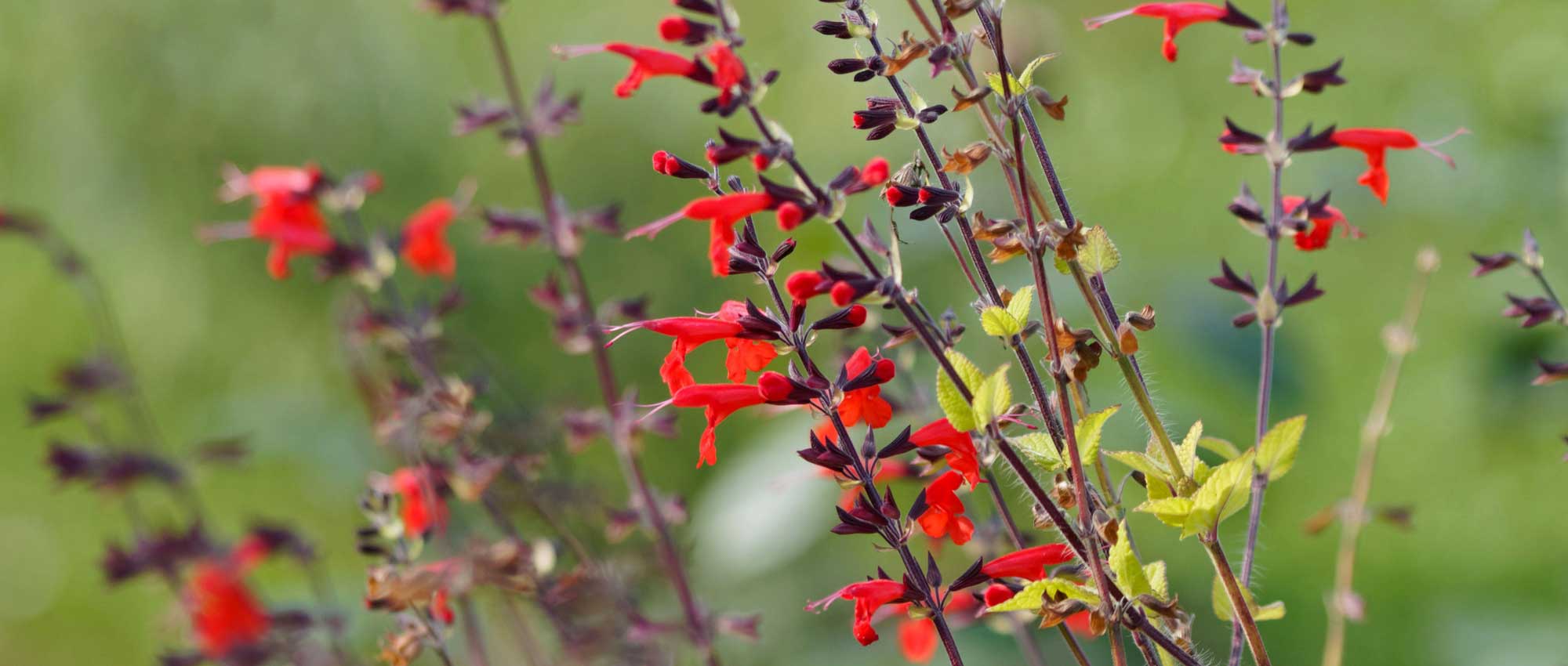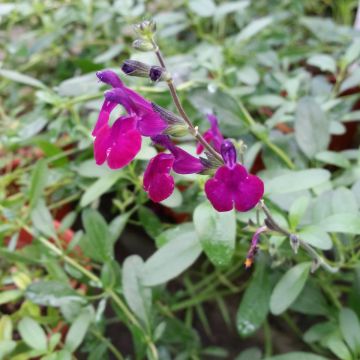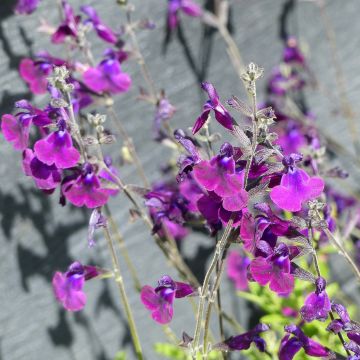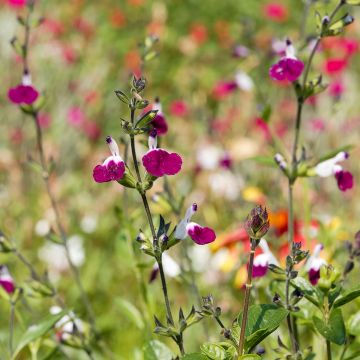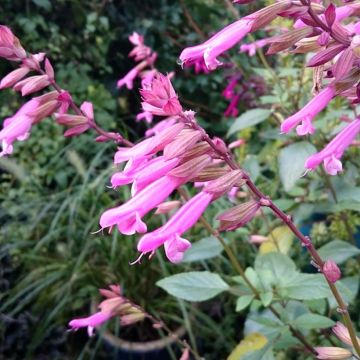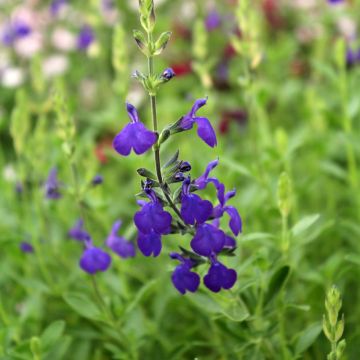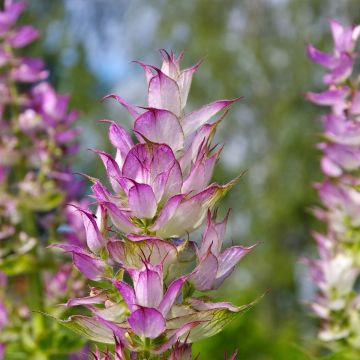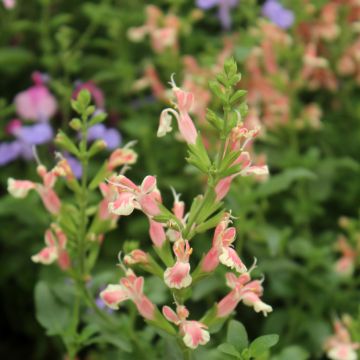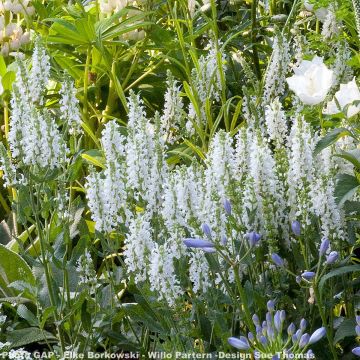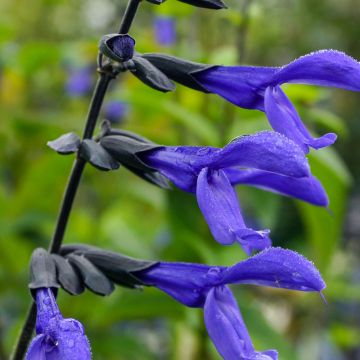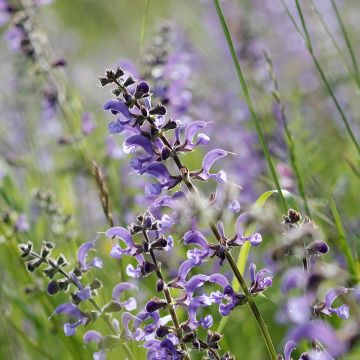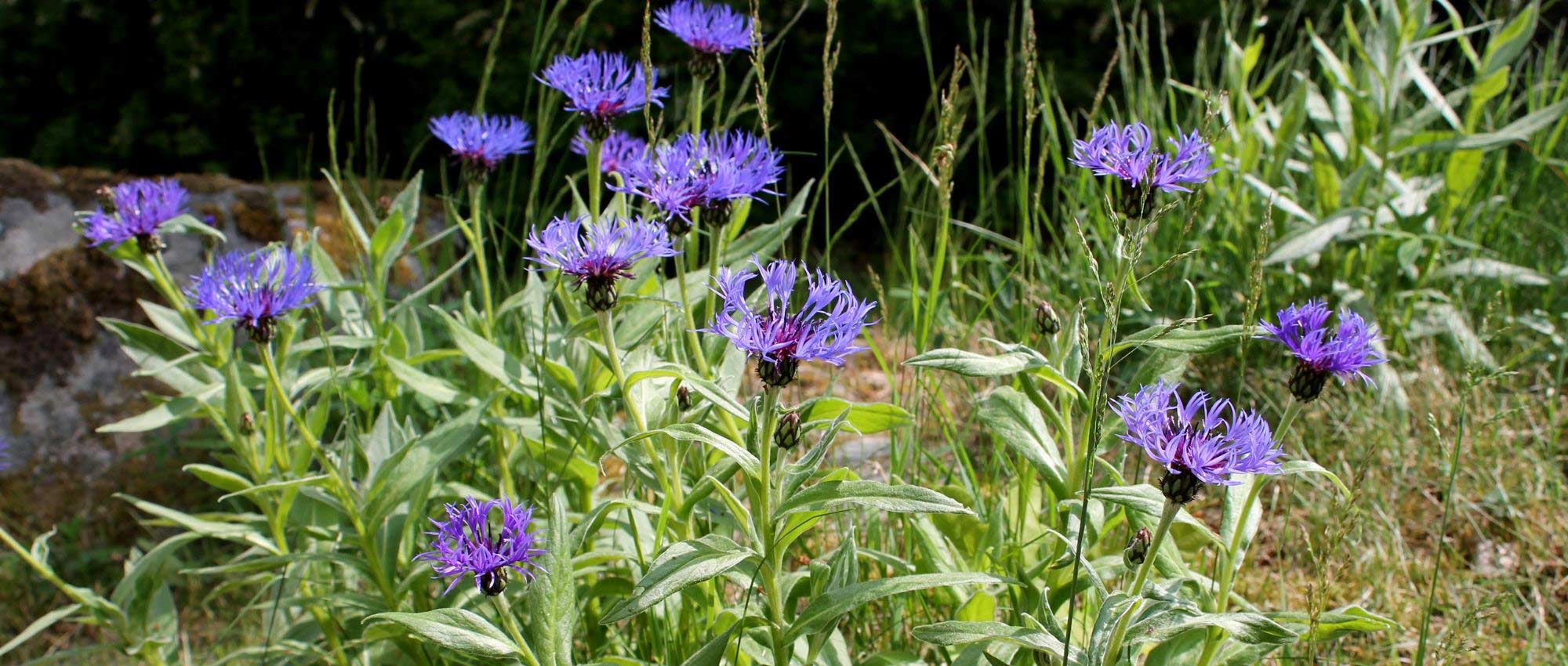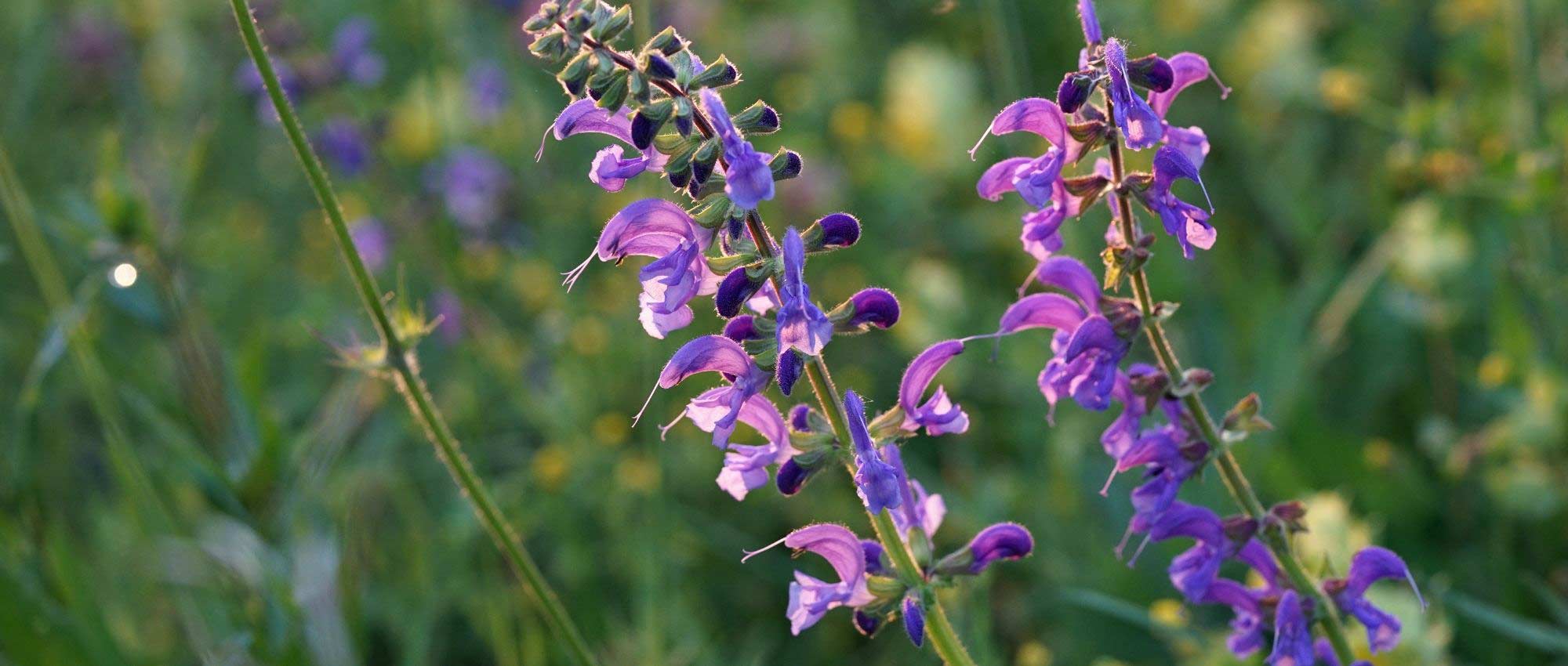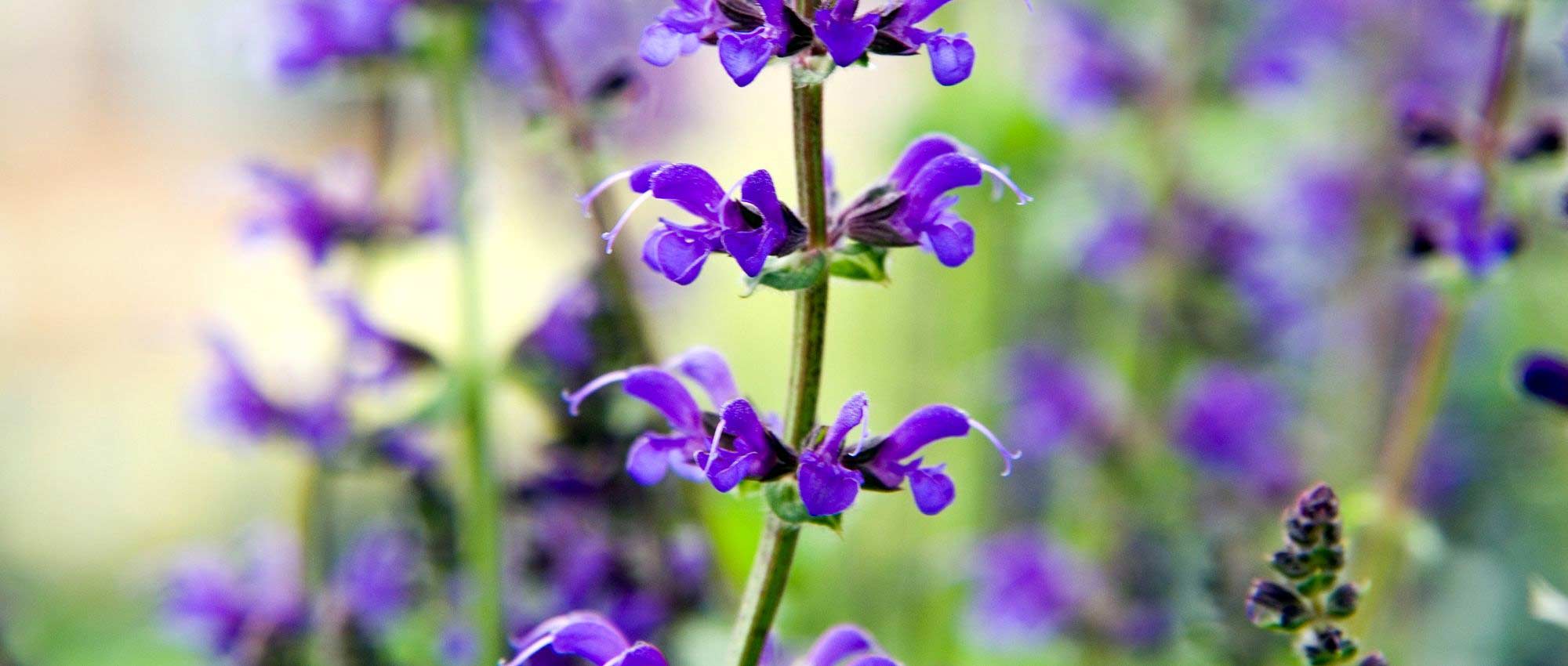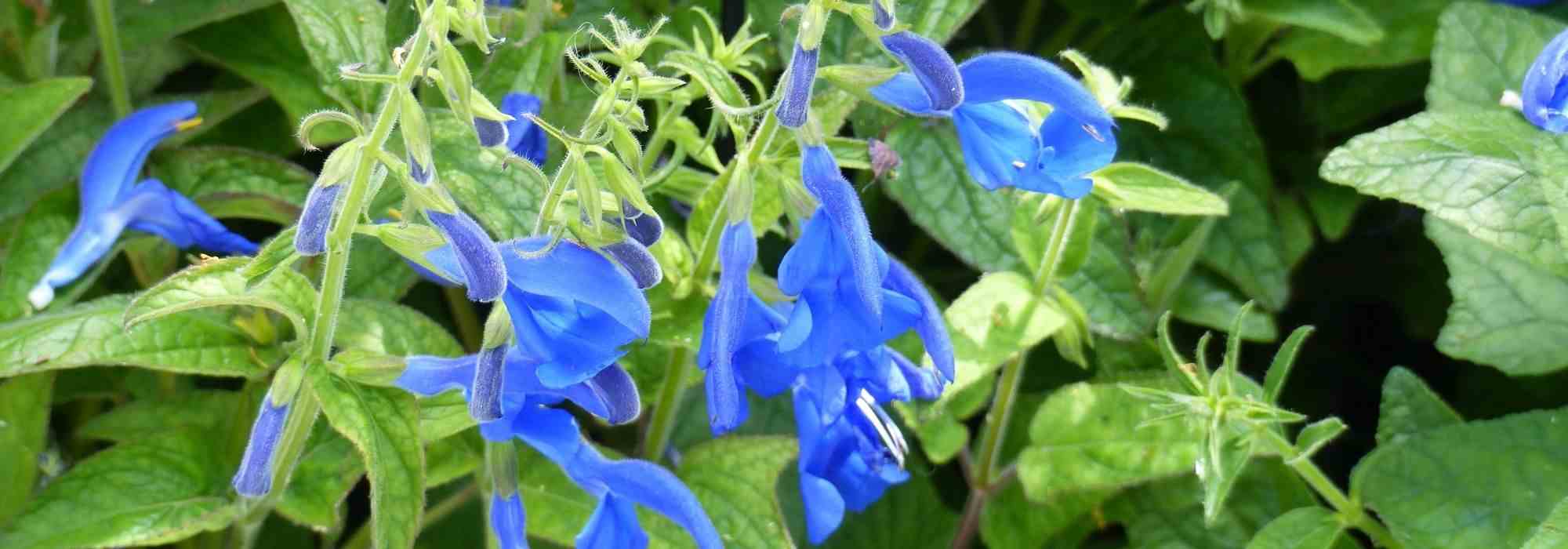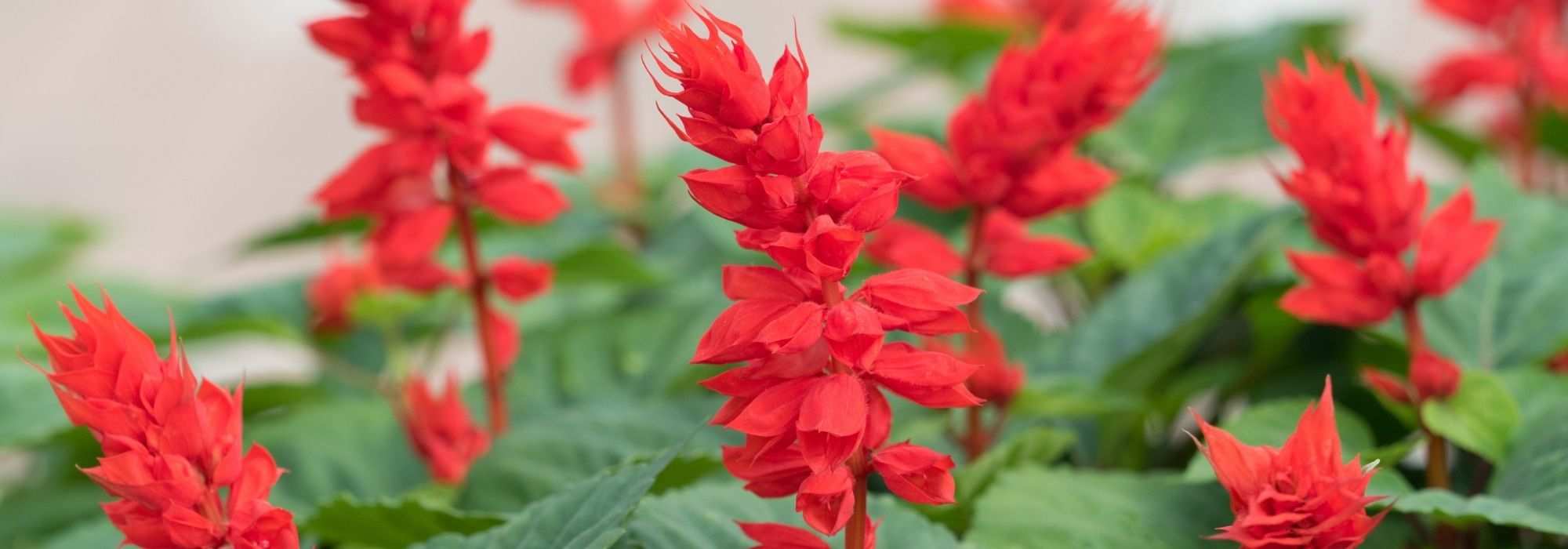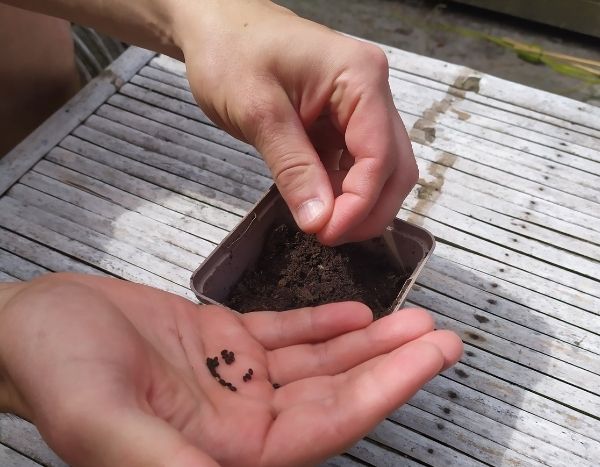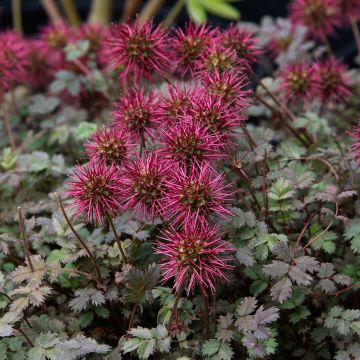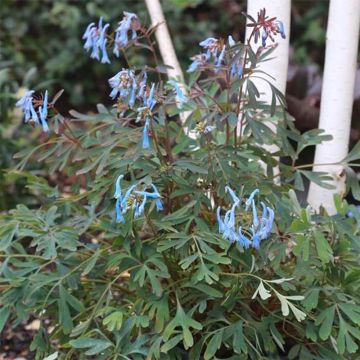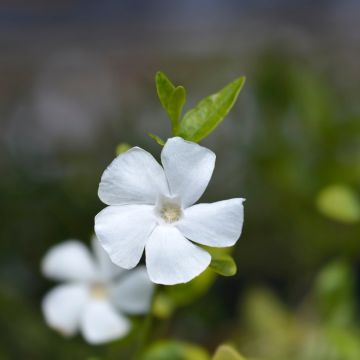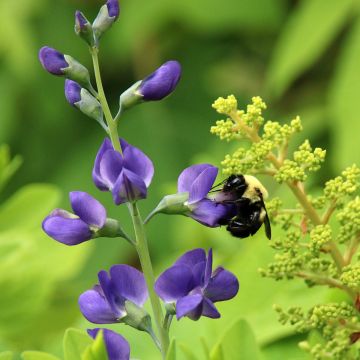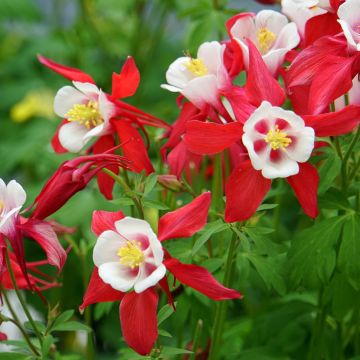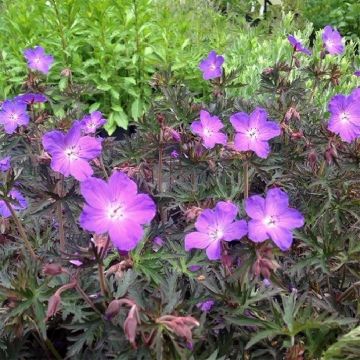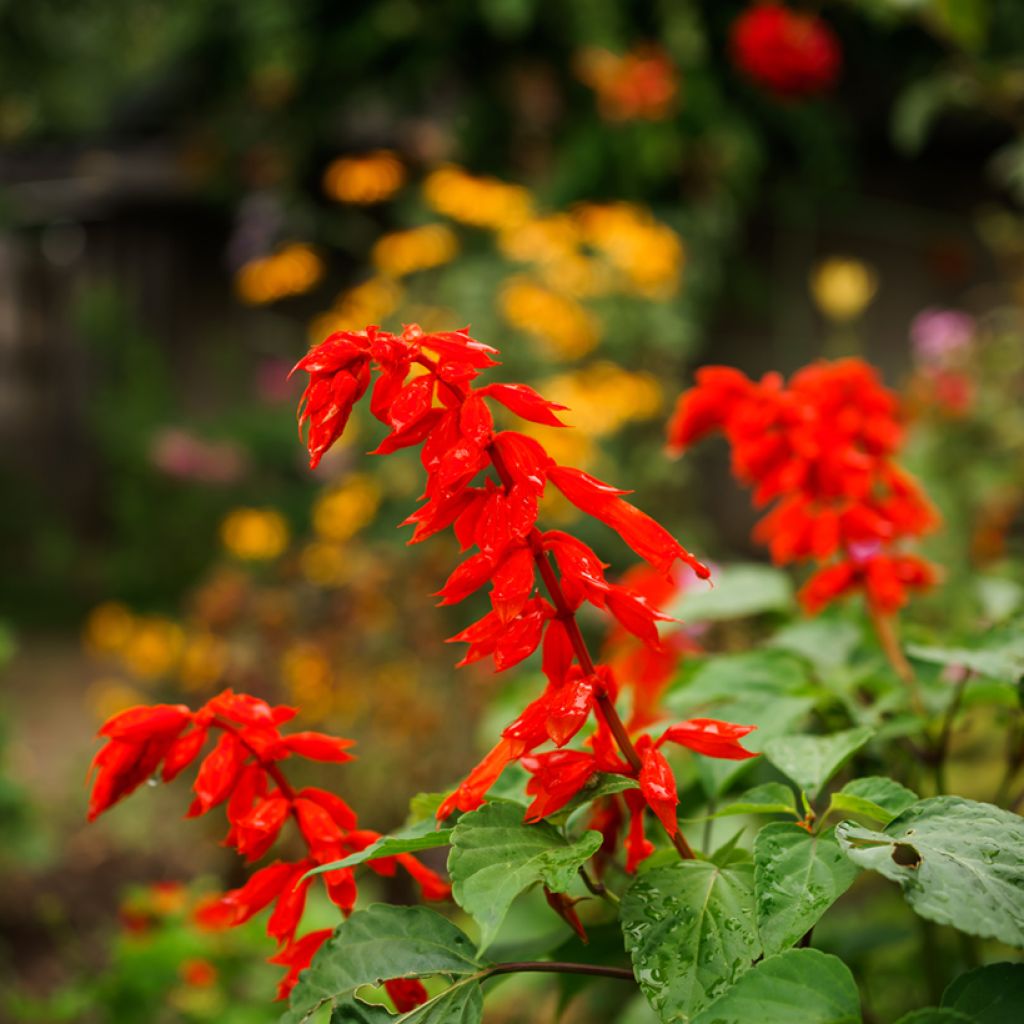

Salvia hybrida Embers Wish
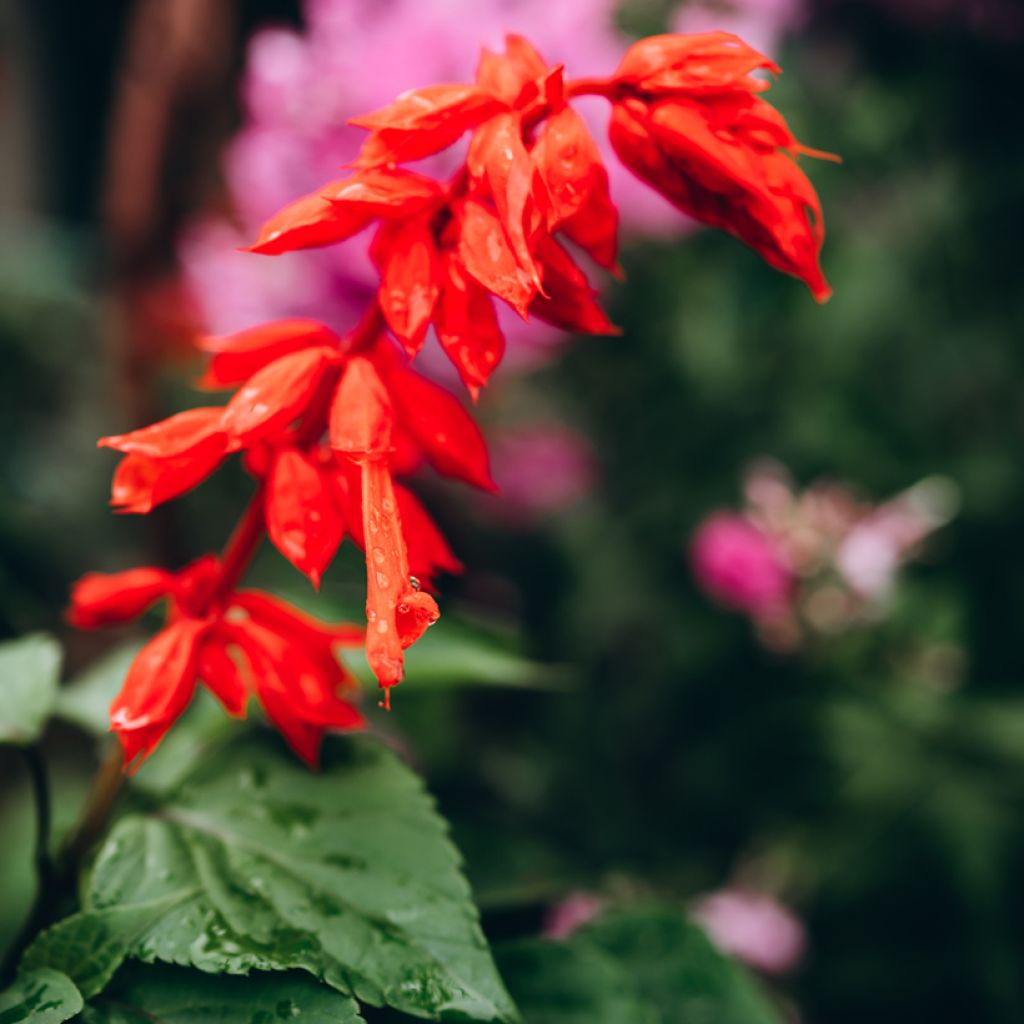

Salvia hybrida Embers Wish
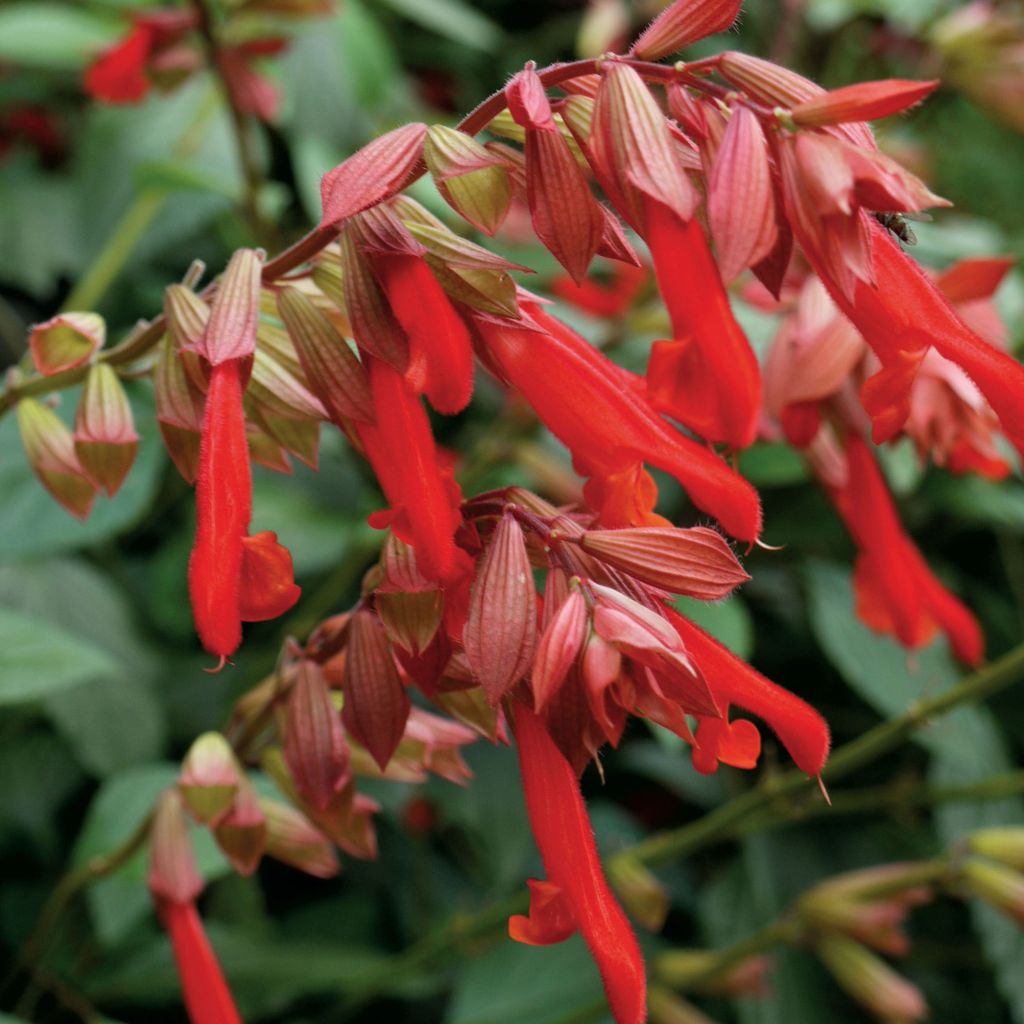

Salvia hybrida Embers Wish
Salvia hybrida Embers Wish
Salvia hybrida Ember's Wish
Hybrid Sage
The plant has died after a few weeks. Disappointed.
Christophe, 02/08/2022
Special offer!
Receive a €20 voucher for any order over €90 (excluding delivery costs, credit notes, and plastic-free options)!
1- Add your favorite plants to your cart.
2- Once you have reached €90, confirm your order (you can even choose the delivery date!).
3- As soon as your order is shipped, you will receive an email containing your voucher code, valid for 3 months (90 days).
Your voucher is unique and can only be used once, for any order with a minimum value of €20, excluding delivery costs.
Can be combined with other current offers, non-divisible and non-refundable.
Home or relay delivery (depending on size and destination)
Schedule delivery date,
and select date in basket
This plant carries a 6 months recovery warranty
More information
We guarantee the quality of our plants for a full growing cycle, and will replace at our expense any plant that fails to recover under normal climatic and planting conditions.
Does this plant fit my garden?
Set up your Plantfit profile →
Description
'Ember's Wish' Salvia is a recently obtained hybrid variety of sage from Australia. This astonishing bushy perennial, half herbaceous and half woody, offers tubular flowers of a very bright coral red, never before seen in this type of sage. This colour harmonises wonderfully with the rusty calyxes and dark brown stems which bear beautiful triangular green leaves. Blooming from late summer until the first frost, this hybrid is not very hardy but is easy to grow. A remarkable plant for flowerpots, it only requires a very well-drained soil and a sunny or partially-shaded site in order to flourish.
Salvia (x) 'Ember's Wish' is an original hybrid the parentage of which is unknown. It is a robust and particularly floriferous perennial. Like all salvias, it belongs to the large family of Lamiaceae or Labiates. This shrubby perennial has a bushy, branching and spreading habit, wider than it is tall. It quickly reaches a height of 70 cm (27.6 in) with a diameter of 70 to 80 cm (31.5 in), or even more in fertile soil. It blooms over a very long period, from late spring until the first frost, and does not require pruning. Its small flowers, 2 to 3 cm (1.2 in) long, are tubular with a particularly bright orange-red color. Grouped in spikes, they mix with deciduous, dark green foliage, reminiscent of that of Salvia splendens. In fact, its leaves are much larger than those of the x jamensis, microphylla or grahamii hybrids. The blooms are nectar and honey-producing. It adapts wonderfully to pot cultivation.
The sun enhances the flowering of shrubby salvias, which capture the light through their petals like tiny stained glass windows. These plants share those traits those that have contributed to the notoriety of the Salvia genus: of minimal maintenance, but with almost uninterrupted blooms from spring to first frost. Typical of both English cottage and Mediterranean gardens. This 'Ember's Wish' sage, undemanding and easy to grow, is destined to become a star of terraces and balconies. Plant in a large pot, covering its base with Cerastostigma plumbaginoides, and place it next to a Cape Plumbago; the color combination at the end of the season is fantastic! In flowerbeds it will create a charming scene alongside gauras, tall sedums (Sedum 'Matrona'), and maritime cinerarias.
Salvia hybrida Embers Wish in pictures


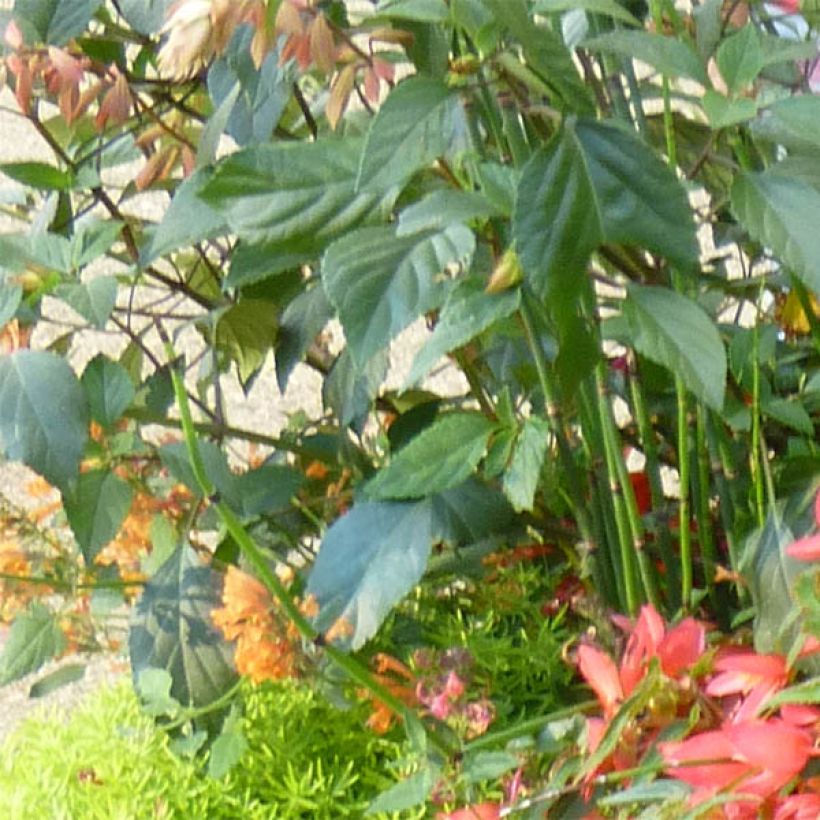

Flowering
Foliage
Plant habit
Botanical data
Salvia
hybrida
Ember's Wish
Lamiaceae
Hybrid Sage
Cultivar or hybrid
Other Salvia - Sage
View all →Planting and care
Easy to grow, Ember's Wish Sage should be planted in spring once any risk of frost has passed. It withstands temperatures down to -5°C in a perfectly drained soil, enriched with gravel or coarse sand, in full sun and sheltered from the wind. Place it in sun or partial shade. It is a plant that thrives in a light, moist but well-drained soil. It is also suitable for dry soil and will cope with a lack of water better than excess moisture. At planting, you can add an organic base fertiliser (fish, blood and bone). Cover with a winter protection fleece when the cold weather approaches, or store the pot in a bright but unheated frost-free room. Watering is beneficial in summer during prolonged drought. As for pruning, lightly trim the stems that compromise its symmetry and cut back to 20 cm (7.9 in) above the ground after the last significant spring frost (in March-April depending on the region). Remove faded flowers when possible.
Planting period
Intended location
Care
Planting & care advice
-
, onOrder confirmed
Reply from on Promesse de fleurs
Similar products
Haven't found what you were looking for?
Hardiness is the lowest winter temperature a plant can endure without suffering serious damage or even dying. However, hardiness is affected by location (a sheltered area, such as a patio), protection (winter cover) and soil type (hardiness is improved by well-drained soil).

Photo Sharing Terms & Conditions
In order to encourage gardeners to interact and share their experiences, Promesse de fleurs offers various media enabling content to be uploaded onto its Site - in particular via the ‘Photo sharing’ module.
The User agrees to refrain from:
- Posting any content that is illegal, prejudicial, insulting, racist, inciteful to hatred, revisionist, contrary to public decency, that infringes on privacy or on the privacy rights of third parties, in particular the publicity rights of persons and goods, intellectual property rights, or the right to privacy.
- Submitting content on behalf of a third party;
- Impersonate the identity of a third party and/or publish any personal information about a third party;
In general, the User undertakes to refrain from any unethical behaviour.
All Content (in particular text, comments, files, images, photos, videos, creative works, etc.), which may be subject to property or intellectual property rights, image or other private rights, shall remain the property of the User, subject to the limited rights granted by the terms of the licence granted by Promesse de fleurs as stated below. Users are at liberty to publish or not to publish such Content on the Site, notably via the ‘Photo Sharing’ facility, and accept that this Content shall be made public and freely accessible, notably on the Internet.
Users further acknowledge, undertake to have ,and guarantee that they hold all necessary rights and permissions to publish such material on the Site, in particular with regard to the legislation in force pertaining to any privacy, property, intellectual property, image, or contractual rights, or rights of any other nature. By publishing such Content on the Site, Users acknowledge accepting full liability as publishers of the Content within the meaning of the law, and grant Promesse de fleurs, free of charge, an inclusive, worldwide licence for the said Content for the entire duration of its publication, including all reproduction, representation, up/downloading, displaying, performing, transmission, and storage rights.
Users also grant permission for their name to be linked to the Content and accept that this link may not always be made available.
By engaging in posting material, Users consent to their Content becoming automatically accessible on the Internet, in particular on other sites and/or blogs and/or web pages of the Promesse de fleurs site, including in particular social pages and the Promesse de fleurs catalogue.
Users may secure the removal of entrusted content free of charge by issuing a simple request via our contact form.
The flowering period indicated on our website applies to countries and regions located in USDA zone 8 (France, the United Kingdom, Ireland, the Netherlands, etc.)
It will vary according to where you live:
- In zones 9 to 10 (Italy, Spain, Greece, etc.), flowering will occur about 2 to 4 weeks earlier.
- In zones 6 to 7 (Germany, Poland, Slovenia, and lower mountainous regions), flowering will be delayed by 2 to 3 weeks.
- In zone 5 (Central Europe, Scandinavia), blooming will be delayed by 3 to 5 weeks.
In temperate climates, pruning of spring-flowering shrubs (forsythia, spireas, etc.) should be done just after flowering.
Pruning of summer-flowering shrubs (Indian Lilac, Perovskia, etc.) can be done in winter or spring.
In cold regions as well as with frost-sensitive plants, avoid pruning too early when severe frosts may still occur.
The planting period indicated on our website applies to countries and regions located in USDA zone 8 (France, United Kingdom, Ireland, Netherlands).
It will vary according to where you live:
- In Mediterranean zones (Marseille, Madrid, Milan, etc.), autumn and winter are the best planting periods.
- In continental zones (Strasbourg, Munich, Vienna, etc.), delay planting by 2 to 3 weeks in spring and bring it forward by 2 to 4 weeks in autumn.
- In mountainous regions (the Alps, Pyrenees, Carpathians, etc.), it is best to plant in late spring (May-June) or late summer (August-September).
The harvesting period indicated on our website applies to countries and regions in USDA zone 8 (France, England, Ireland, the Netherlands).
In colder areas (Scandinavia, Poland, Austria...) fruit and vegetable harvests are likely to be delayed by 3-4 weeks.
In warmer areas (Italy, Spain, Greece, etc.), harvesting will probably take place earlier, depending on weather conditions.
The sowing periods indicated on our website apply to countries and regions within USDA Zone 8 (France, UK, Ireland, Netherlands).
In colder areas (Scandinavia, Poland, Austria...), delay any outdoor sowing by 3-4 weeks, or sow under glass.
In warmer climes (Italy, Spain, Greece, etc.), bring outdoor sowing forward by a few weeks.






























